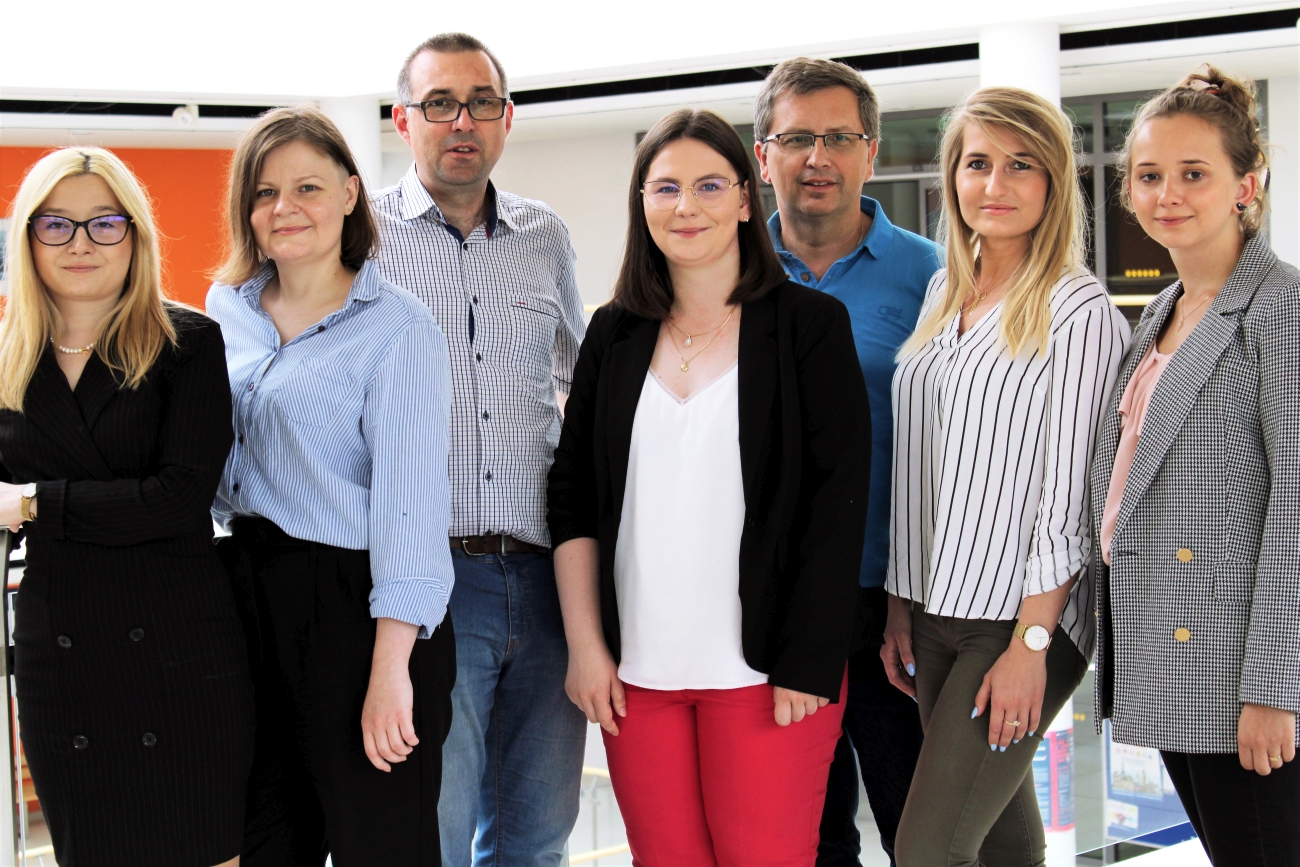Affiliation
University of Silesia
Institute of Physics
75 Pułku Piechoty 1 Street
41-500 Chorzów
Poland
Silesian Center of Education and Interdisciplinary Research
University of Silesia
75 Pulku Piechoty 1A Street
41-500 Chorzow
Poland

University of Silesia
Institute of Physics
75 Pułku Piechoty 1 Street
41-500 Chorzów
Poland
Silesian Center of Education and Interdisciplinary Research
University of Silesia
75 Pulku Piechoty 1A Street
41-500 Chorzow
Poland
If You have any questions or are interested in collaboration, feel free to contact us.
We investigate several areas of polymer chemistry, soft and condensed matter physics/chemistry with particular focus on the following tasks: